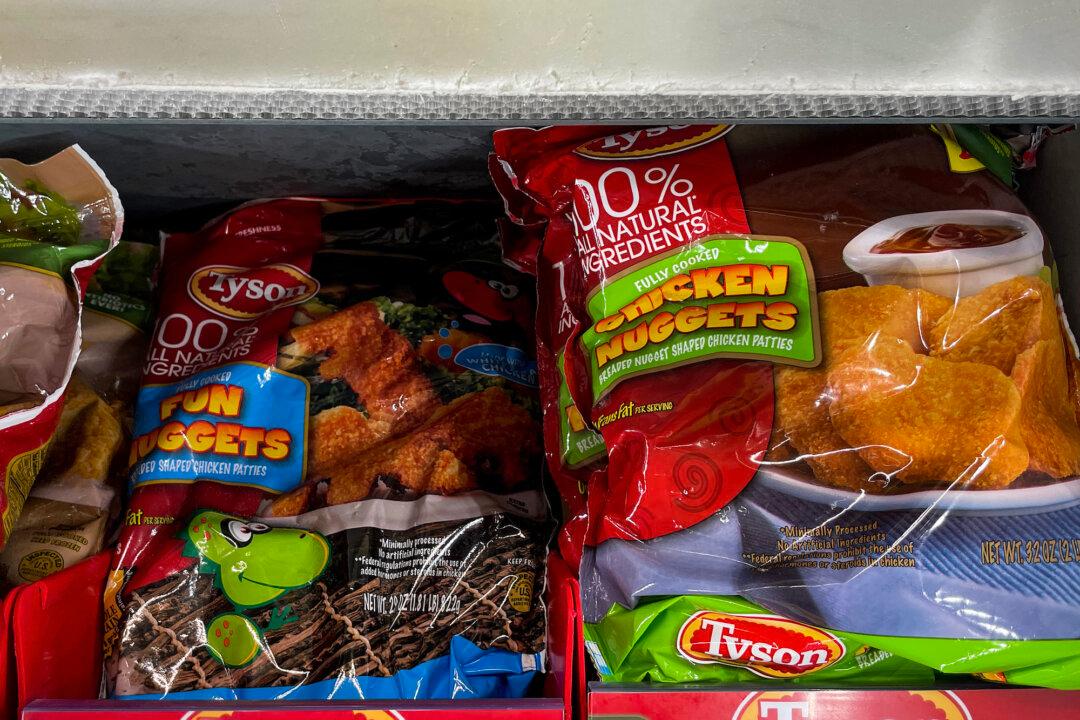Chicken prices at grocery stores have hit record highs, and analysts say they’re likely to stay elevated as Tyson Foods and other producers dial back poultry production.
The latest numbers from the Bureau of Labor Statistics show that the prices of whole fresh chicken sold at stores hit their highest level ever of $1.958 per pound on average in U.S. cities in August, the latest month of available data.





